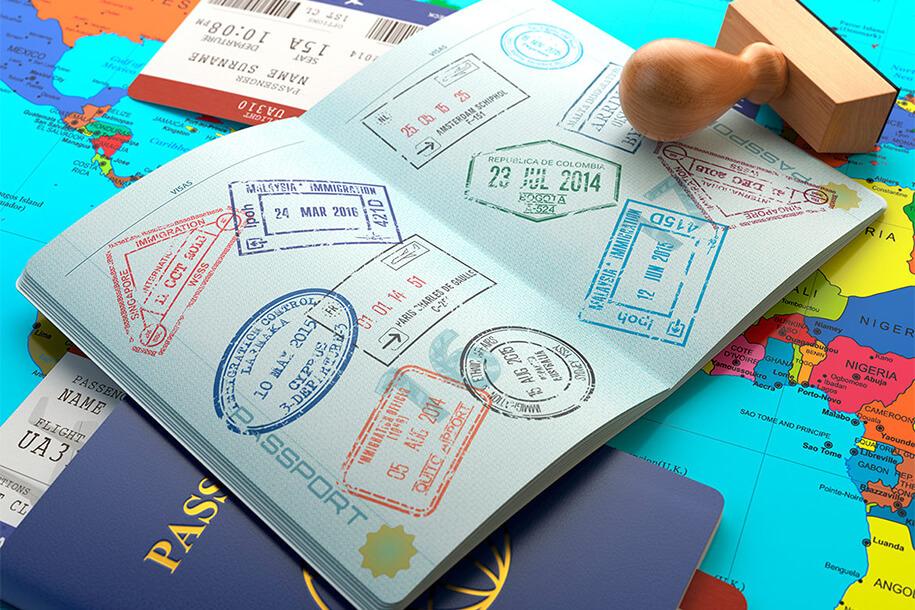From 10 November 2024, the European Union plans to launch the ESS, an automated entry and exit registration system at the external borders of the Schengen area.
The main innovation is that it will replace the manual stamping of third-country nationals' passports. The checks will be carried out using special terminals. The new system will not affect EU and Schengen citizens, holders of residence permits or long-term D visas.
The time has finally come. Until recently it seemed it would never happen. Carriers, operators, stations, airports - everyone is preparing for this momentous day,' Brussels said.
It should be noted that the launch of the EES was originally scheduled for 2022, but has been repeatedly disrupted due to technical problems and delays in the installation of the automated barriers that had to be installed at all international land, sea and air borders in the Schengen area.
The EES is a new automated system for the digital collection of personal data that the European Union will use to automatically control the border crossings of non-EU citizens, regardless of whether they require a visa to enter the Schengen area. The system is designed to replace the traditional stamping of passports.
Travellers will have to scan their passports or other travel documents at self-service terminals each time they cross an external EU border. The system will not apply to holders of residence permits in EU countries or holders of long-term visas.

The system will record the traveller's name, biometric data and the date and place of entry and exit. Facial scans and fingerprints will be taken only once every three years and will be valid for multiple journeys during that period.
With the new system, EU border authorities will be able to exchange information in real time. The EU believes that the EES will help identify illegal migrants, people with forged documents and those who systematically break the rules of stay in the Schengen area. For example, being detained on a C visa for more than 90 days within a 180-day period.
It is important to note that the new system will work when entering all EU countries except Cyprus and Ireland (where stamps will be stamped as usual) and four non-EU Schengen countries: Iceland, Liechtenstein, Norway and Switzerland.
With the EES, we will know exactly who is entering the Schengen area with a foreign passport. We will know if people are overstaying, which will help us to combat illegal migration. And thanks to EES biometric identification, photographs and fingerprints, it will be harder for criminals, terrorists or spies to use fake passports,' said EU Home Affairs Commissioner Ilva Johansson.

